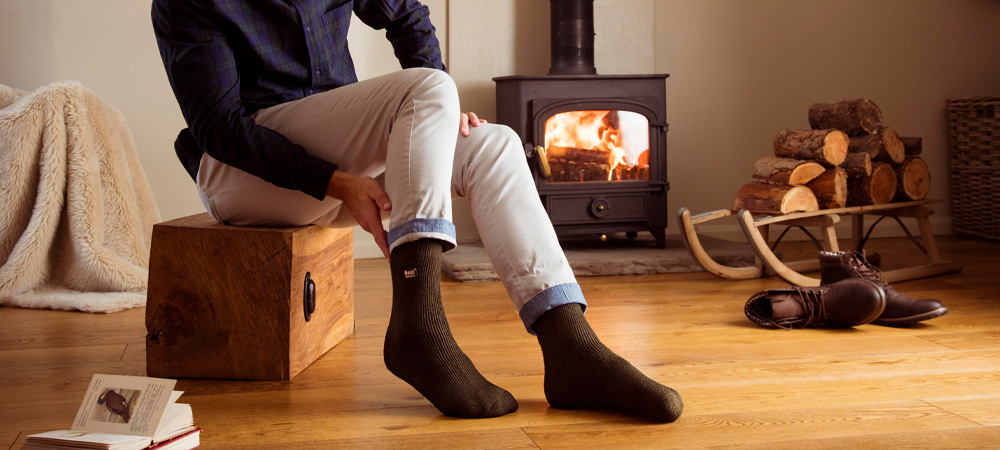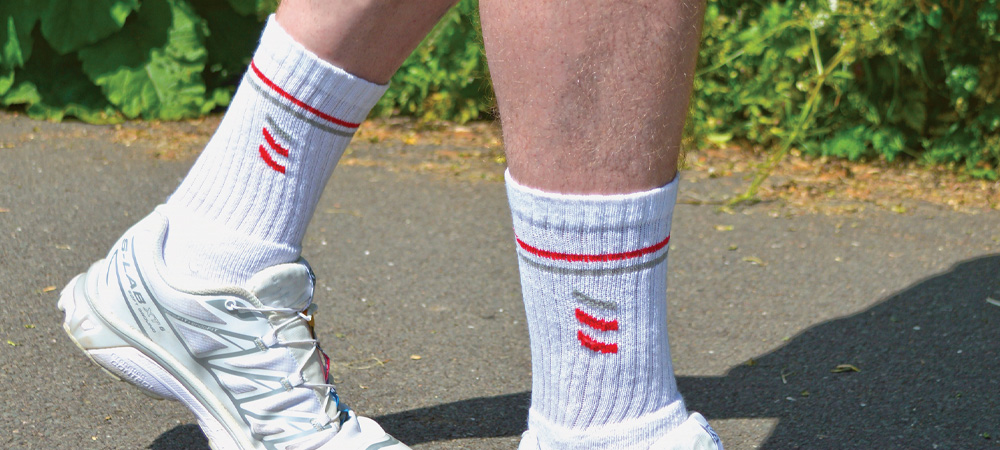In the realm of everyday attire, there are items that often escape our contemplation, even though they play a vital role in our comfort and style. One such item is the sock. We pull them on without much thought, yet have you ever stopped to wonder the origin of socks and why they’re called socks? To delve into the etymology of the word “sock,” we must journey back through history. The term “sock” finds its roots in Old English, where it was referred to as “socc.” However, the story doesn’t begin there; its origins stretch even further back to the Latin word “soccus,” meaning a light, low-heeled shoe. The Romans are credited with introducing this footwear, which eventually evolved into the socks we know today.
In ancient times, socks weren’t the snug, form-fitting garments we’re accustomed to. Instead, they were more akin to loose cloth wraps or animal skins tied around the feet for warmth and protection. As footwear advanced, so too did the design and function of socks. They evolved from simple foot coverings to more intricate garments, knitted or woven from various materials to provide both comfort and style. Interestingly, the evolution of the word “sock” reflects the changes in the garment itself. In medieval English, “sock” was used to describe a light, slipper-like shoe worn indoors. Over time, as footwear became more complex, the term gradually shifted to refer exclusively to the foot covering.

The transition from “soccus” to “sock” likely occurred through the linguistic evolution of various European languages. As Latin words were absorbed into Old English and other Germanic languages, they underwent phonetic changes and semantic shifts, ultimately giving rise to new terms. Another theory suggests that the word “sock” may have its origins in the Greek word “sukhos,” which referred to a thin shoe or slipper. This connection between Greek and Latin roots further illustrates the interconnectedness of languages and cultures in shaping our vocabulary.
Regardless of its precise origins, the term “sock” has endured through the ages, becoming a staple in our everyday lexicon. Today, socks come in myriad styles, colours, and materials, catering to diverse preferences and needs. From athletic socks designed for performance to cosy woollen socks for chilly evenings, there’s a sock for every occasion. In addition to their practical function, socks have also found their way into popular culture and expressions. We talk about “socking it to someone” or “knocking someone’s socks off,” using socks metaphorically to convey impact or surprise.
So, the next time you slip on a pair of socks, take a moment to appreciate the rich history of the origin of socks and linguistic journey behind this seemingly ordinary garment. From its humble beginnings as a simple foot covering to its present-day ubiquity, the sock has indeed come a long way—and its name, like its design, carries a story worth remembering.





 Connor Doughty
Connor Doughty